Kalanchoe Thyrsiflora, also known by the scientific synonym Bryphyllum Thyrsiflora (although I have sometimes heard it under the common name of white lady from the north). It is native to southern Africa, but can also be found in Asia and Madagascar.
Its composition is very basic. It is a small plant that, if in optimal conditions, can exceed half a meter in height, shaped like a rosette with very fleshy, rounded and flat leaves and with a tonality that depending on the variety, can range from cream, yellowish green or greyish green, and what they have in common is that they have all the perimeter red, either in greater or lesser intensity. We can also see that it has a whitish cerous coating on its entire surface that undoubtedly gives it a very characteristic spot in this crassula.
As for flowering, it is usually given from the second year of the plant’s life, and is produced through a long stem that can reach the meter height also covered by a species of whitish powder that ends with a very dense inflorescence. These stems have lower flowers that become smaller and rounder as it rises. These inflorescences are formed by very small tubular flowers, making at most one and a half centimeters in length. The flowers are greenish and in their home country bloom between February and June. They are excellent flowers for bees and other pollinating insects. One point that I find very curious is that this flowering can last a long time on the plant, it can last as long as it does until the end of the plant, that is, the entire plant dies before it, but all its seeds will have spread very easily thanks to the wind.
As this is a crass plant, we must control irrigation and the location inside at home. If you have it inside, you need to know that the plant physiology will change slightly. The leaves will be larger, thicker and the coloration will not be so intense, mainly due to the lack of direct sunlight. Knowing this, the irrigation will be quite scarce, we will water very little while waiting for the substrate to be completely dry or to have it a little moist and dry. And by light, you can put it next to a window where the direct sun touches for several hours. One very important point is that you have to keep it away from the conditioned airs and heats.
Finally, because they are exposed to severe temperatures in their natural habitat, they have been able to adapt to survive these conditions, both cold and hot.


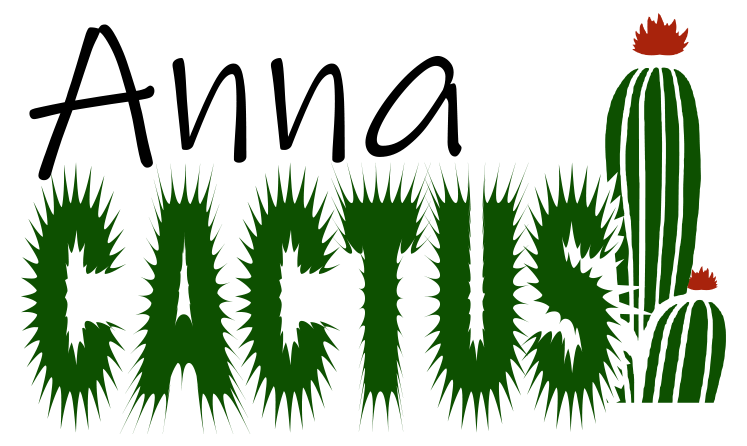
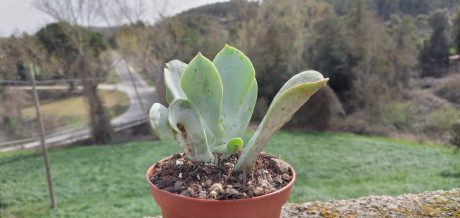
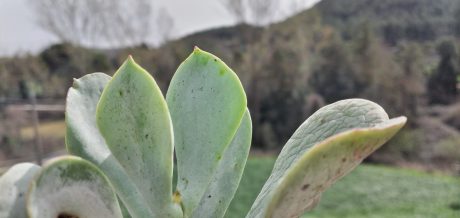

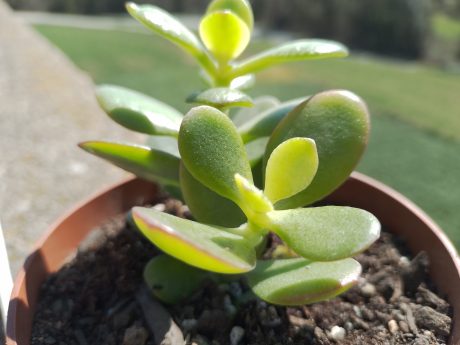

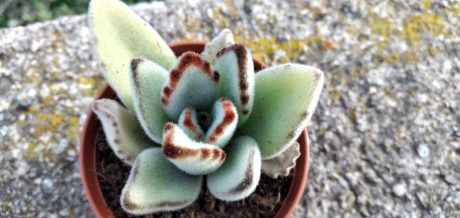
Reviews
There are no reviews yet.